What are the Best Colour Lures for Pike? Be More Effective
Northern pike are known to be visual predators, however, grabbing their attention when targeting them isn’t quite as simple as you might think.
Researchers have been studying how pike see and whether or not their ability to see colors makes a difference in how they bite on lures.
So, do pike see colors? Yes, pike do see colors. They have a well-developed vision which allows them to distinguish the colors of lures underwater as well as the shape, size, and distance of the lure. The range of colors pike can see is mainly affected by the light conditions and water clarity.
Continue reading to learn more about how pike’s vision works, which colors can they see best, and which lures are best to target them.
Table of Contents
How Does Pike’s Vision Work?

What sets pike apart from the majority of gamefish is that their visual systems are very advanced which is why they solely depend on their sight when their prey is within visual range.
Pike can distinguish shapes, sizes, and distances. They also have highly developed color vision. That’s because their retinas have the same two photoreceptor cells that are found in human retinas – the rod cells allow them to detect shapes and movement while the cone cells allow them to distinguish color.
It’s wise to keep in mind that, while pike’s visual systems are quite advanced, their vision is still greatly affected by light conditions and water clarity.
In clear water where light penetration is good, pike will be able to see more in detail and in a wider range of colors
In murky water where light penetration is low, pike will not be able to see well in much detail. So, they will become more dependent on other senses like smell and taste for navigation and locating food.
What Colors Do Pike See Best?
Pike can recognize colors with longer wavelengths best such as reds, oranges, and yellows. They will be less able to recognize colors with shorter wavelengths such as greens and blues.
How to Choose the Lure Color When Fishing for Pike?
Many traditional pike anglers believe that the best two colors for a pike lure are red and white. However, if you want to catch pike in different conditions, it’s recommended to have more color versatility because what’s effective in one situation might not be effective in another.
There are two main factors that affect the way pike see the color of the lure which are the light conditions and the clarity of the water.
Water clarity likely has the biggest impact on your choice of lure color as it can range from clear to murky or muddy.
In murky waters, traditional color combinations of red and white are the most ideal as they mimic the colors of the pike’s normal prey in these waters, such as suckers, perch, and walleye. In clearer waters, on the other hand, pike prefer bright orange and chartreuse colors.
I have a guide on the best baits for pike here which you should definitely check out.
What Are the Best Lures for Pike?
Pike are most likely to bite on lures that can imitate real baitfish or forage.
Choosing the best kind of lure for Pike fishing also relies on the conditions of the water you’re fishing in.
When fishing in shallow waters, it’s recommended to go for topwater lures. These can imitate mice and rats which has proven to be very effective with pike fish.
When fishing in deep waters, it’s recommended to go for heavy plastic lures and crankbaits that will easily sink
When fishing in muddy waters, it’s recommended to go for lures that produce vibrations and motion such as spinners and spoons. While these lures do not directly imitate any specific kind of baitfish or forage, they are effective in triggering a response in pike fish and getting them to bite more.
Keep in mind that the strength of the vibrations created by these lures can vary depending on their size and shape. So, it’s a good idea to experiment with different models to see which works best for your situation.
Top Picks for Pike Lures
Here are some of the top-rated lures on the market which will help increase your chances of getting pike to bite.
Rapal’s Blue Fox Vibrax

- The Blue Vibrax lure from Rapala. It is one of the best spinner lures.
- It’s highly durable as it features a strong treble hook and a built-in free-turning brass gear that helps prevent any line twist.
- It creates a vibrating action that attracts pike fish to your lure and triggers them to bite.
Johnson Silver Minnow Spoon

- This Silver Minnow Spoon from Johnson is the most ideal if you’re on a budget.
- It’s the most effective if you’re fishing for pike in weedy areas as it’s designed with a metal weed guard and a single hook that’s tucked behind the spoon itself. This allows the lure to effortlessly move through thick underwater weeds
- It can effectively imitate baitfish as it creates a natural action that will grab the pike’s attention.
Booyah Pikee Spinnerbait

- The Booyah Pikee spinnerbait is a popular choice among pike anglers. It’s designed to easily navigate thick weeds.
- It can also work for all water depths and it’s available in a wide range of colors to suit different water conditions.
You can also learn more about Spinnerbaits here.
Related Questions
When Is It Forbidden to Fish for Pike?
It is forbidden to fish for pike between the 15th of December and 31st of March. During this period, pike fish will enter their spawning seasons. It’s very important for anglers to comply with fishing prohibition to preserve the balance of natural life and the future of the pike population.
How to Safely Handle Pike Fish?
To safely handle pike fish, you need to wear thick gloves and long sleeves when you put your hands near the pike’s mouth. That’s because pike have very sharp teeth and they might bite your fingers when you try to unhook them. You also need to make sure you have a well-stocked first-aid kit on board in case of any injury.
How to Remove Your Hook from Pike Fish?
To remove your hook from pike fish, you need to flip it on its back and slip your gloved hands under its gill plate. Next, carefully open its jaws using a jaw spreader then use a pair of pliers to clamp on the bottom hook’s shank and twist to remove it. After removing the bottom hook, repeat the same steps to remove the top hook.
Helpful Resources
Pike Fishing: The Practice the Passion by Mick Brown (you can also check it on Amazon here)
Get Started with Pike Fishing
- Learn what are the best pike baits here
- Check out the best braided fishing lines for pike here
- Start getting results with these budget baitcasting reels
- learn how to fish for pike in the winter in my guide to cold weather pike fishing here.
If you like this article, please share it or pin it, you can find the share buttons below. We will really appreciate it ❤️

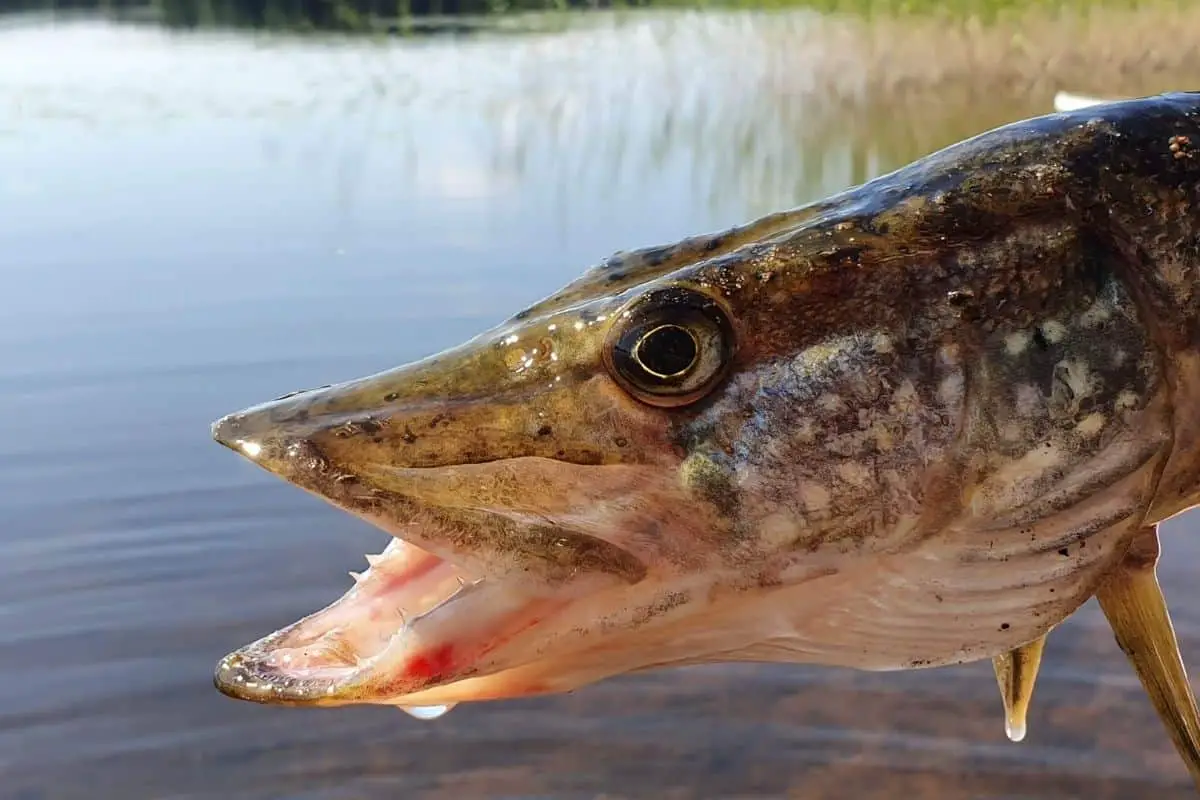
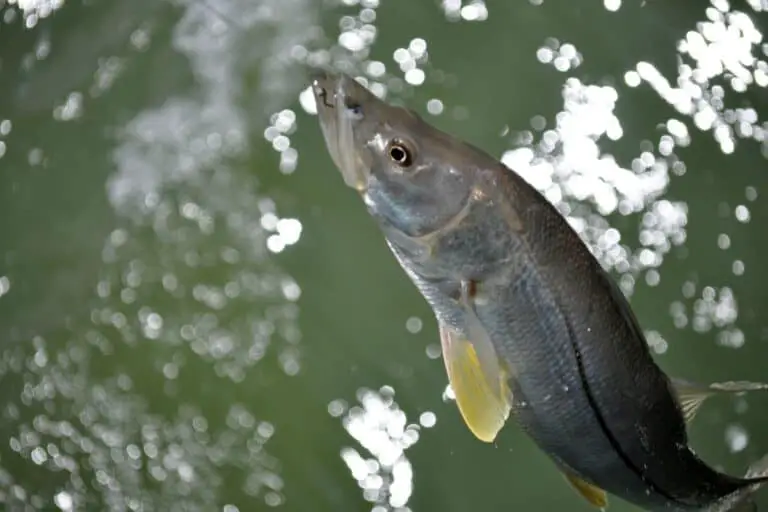
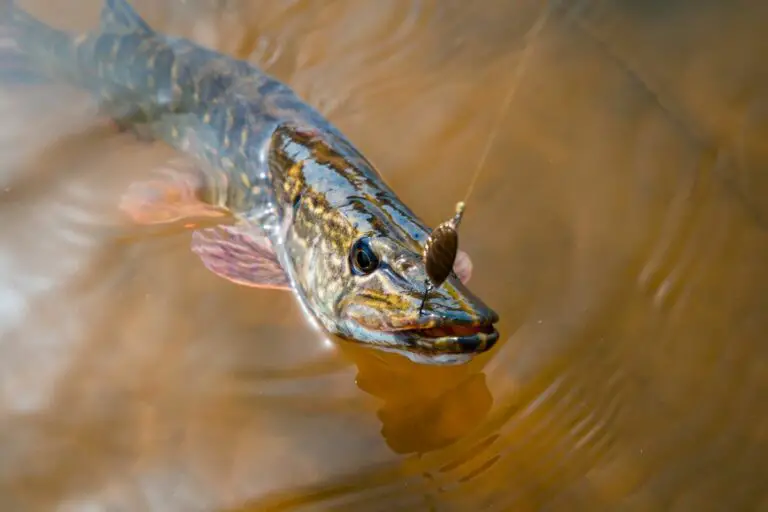
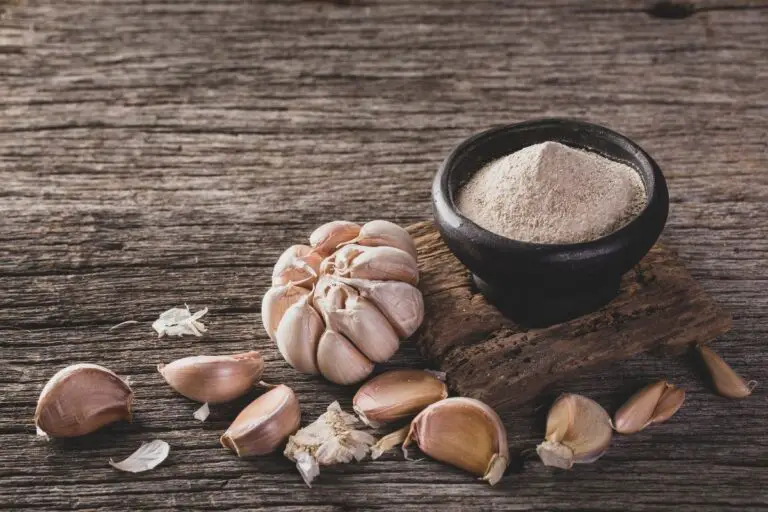
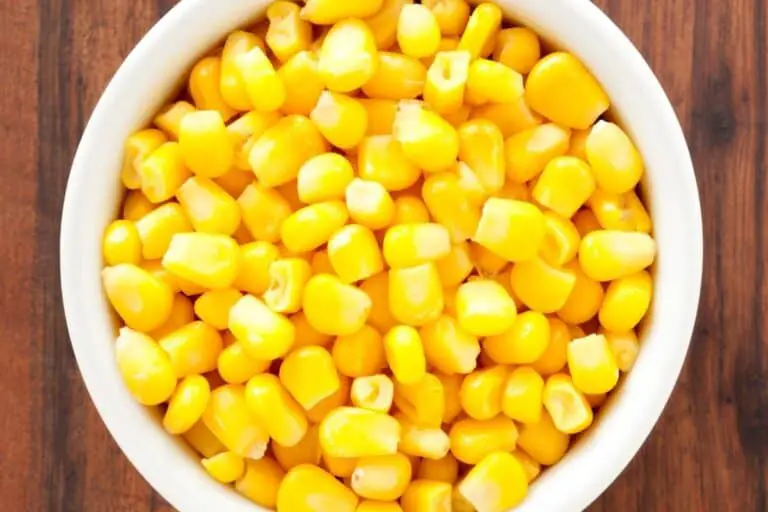
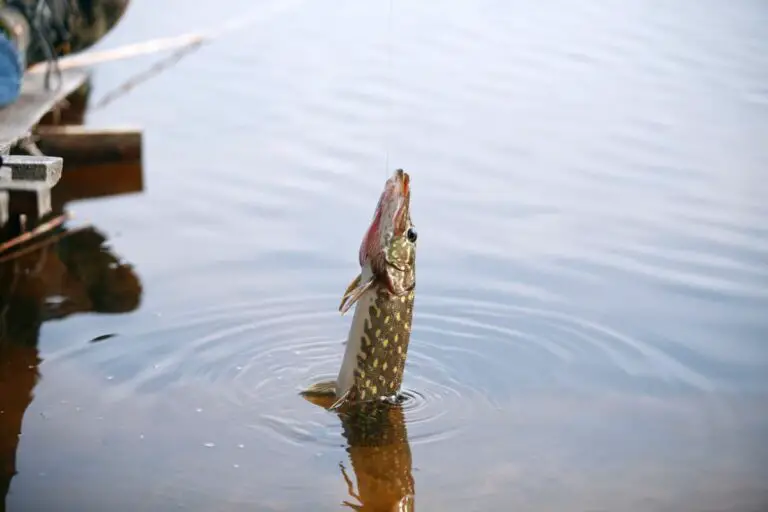
![Do Northern Pike Eat Bluegill? A Simple Guide [With Video]](https://outdoorskilled.com/wp-content/uploads/2021/10/northern-pike-fish-swimming-768x512.jpg)
